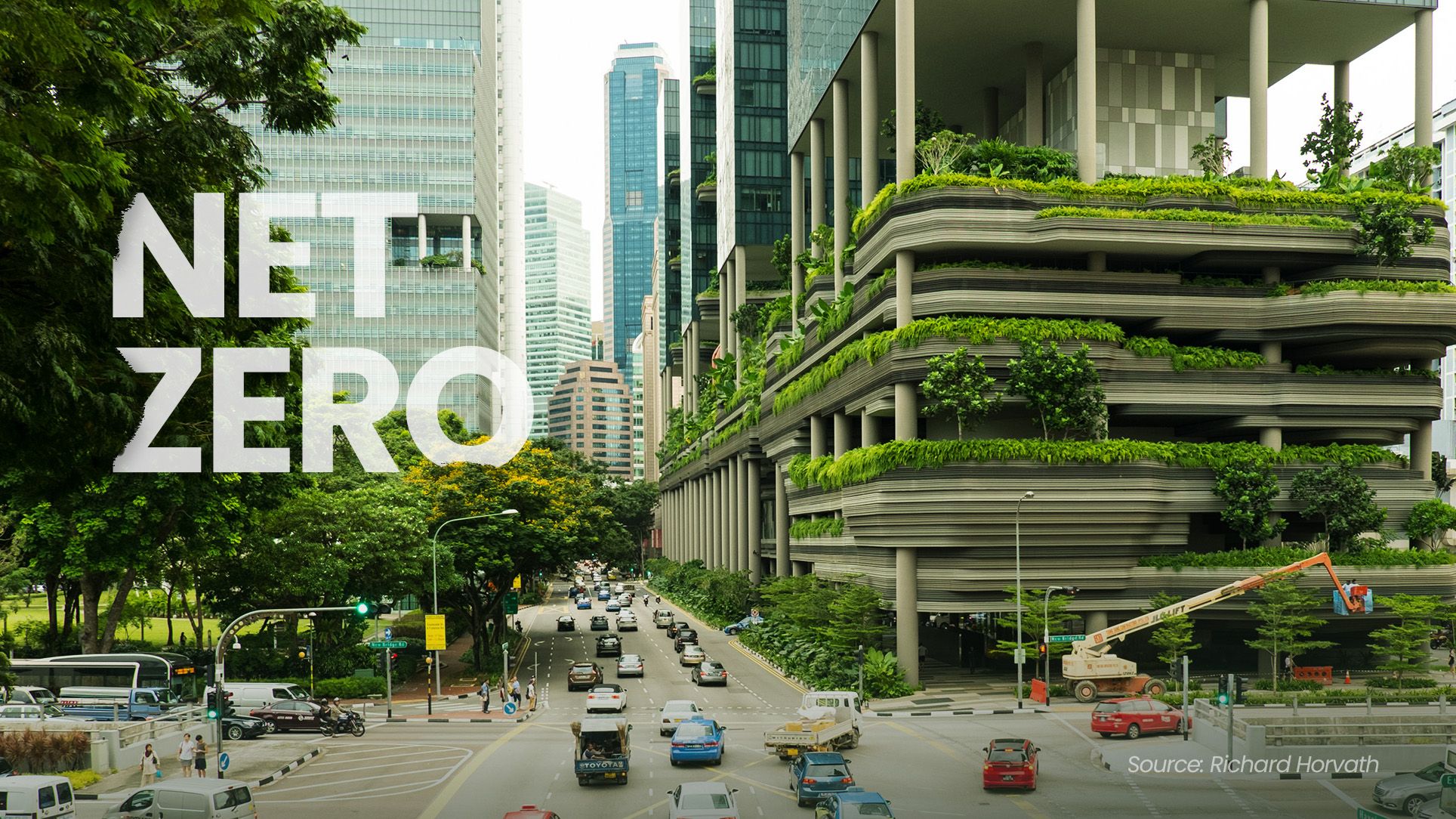The construction industry is the cornerstone of our community, but it also is a major contributor to climate change. As such net-zero construction is required for society to thrive. This includes not only planning and building net-zero buildings but also contemplating retrofitting existing buildings to prepare them for a low carbon future.
In a press release published by World Green Building Council (WGBC), in September 2021, the construction industry accounts for almost 40% of worldwide energy-related carbon emissions, with 10% coming from materials and construction. From extraction to manufacturing to installation, the construction industry has become a major contributor to the global carbon footprint. By 2060, it is projected that 230 billion square metres of new construction and renovation work would have been completed globally; that's the equivalent of a brand-new New York City being built from month to month for the next 40 years.
Factors influencing carbon emissions in building and construction
Utilisation of fossil fuels Traditional gasoline, diesel fuel-powered machinery and automobiles contribute to the carbon footprint. Bulldozers, excavators, generators, dump trucks, pick-up trucks, and semi-trucks that carry materials to a construction site frequently use these fuels. The use of these fossil fuels contributes to around three-quarters of all human-caused carbon footprints.
Dumping of construction debrisConstruction debris that is transported to a landfill rather than being recycled, wastes the energy that was expended in creating and transporting the material to the site in the first place.
According to UK government statistics, the construction debris produced in 2018 was 137.8 million tonnes. Whether it is from demolition, packing, or scrap, construction operations always generate a lot of waste and throwing out that waste is not easy and sometimes not even safe. It is always recommended to recycle that waste as recycling gives the material a second life, and it usually takes less energy to make a product from recyclable materials than it does from raw material.
Ways to reduce construction carbon footprint
- Optimisation of passive design
Passive design, which has a strong dependency on climate and areas, is the most economically effective strategy for reducing energy consumption inside residential buildings. Using daylight index to provide the best possible lighting for occupants while reducing artificial lighting, glare, heat loss, cooling loads, and improving views and occupancy comfort. This enables full or partial natural ventilation for a portion of the year, with mechanical systems supplementing heat recovery in the winter and cooling in the summer as needed. - Reduce the demand for and use of operating energy
Fabric measures should be prioritised for reducing heat, cooling, and lighting use. Occupants should- Regulate and control their personal comfort by utilising fans and allowing natural air movement.
- Examine the sources of energy to see if there are any viable alternatives.
- Challenge traditional design processes and standards, recognising that the same solutions would result in the same energy-intensive structures, and seeking out alternatives.
- Use industry standards such as Passive house, and Design-for-Performance to build energy savings into every stage of the process and meet best-practice energy intensity targets.
It's important to reduce the demand for operating energy as without energy demand reduction it is not possible to achieve the UK’s Sixth Carbon Budget target in 2035 of 78% below 1990 levels, or the 2050 net-zero target.
- Provide on-site renewable energy and storage where feasible
Provide on-site/off-site renewable certified energy sources as they generally cause less environmental impact than other energy sources. According to the UK government statistics, in 2021 Q4, the UK generated 42.8 per cent of its electricity from renewable sources, including wind (26.1 per cent), bioenergy (12.7 per cent), solar (1.8 per cent) and hydro (2.1 per cent). - Minimise upfront embodied carbon
To minimise the carbon emission related to the construction we need to confine carbon intensity to a certain level. This applies to all building materials, from extraction to installation, as well as emissions from the construction operation itself. Use modular construction methods, design for deconstruction utilising circular economy concepts, and minimise construction waste.
According to the press release by the world green building council, “by 2030, all new buildings, infrastructure and renovations will have at least 40% less embodied carbon with significant upfront carbon reduction, and by 2050, new buildings, infrastructure and renovations will have net-zero embodied carbon, and all buildings, including existing buildings, must be net-zero operational carbon”. - Replacing fossil fuel
To provide inexpensive low-carbon energy, prioritise fifth-generation heat networks and electric heat pump technologies instead of fossil fuel technologies. This will greatly improve local air quality when combined with zero-emission automobiles. - Consider whole-life carbon along with whole-life costs
Measure all upfront and operational carbon emissions, including maintenance, fit-outs, small and major refurbishments, demolition, and material reuse. All of these must be considered over a long design life to ensure endurance and robustness. - Publish annual performance data using an embodied carbon database
Use Gold Standard carbon offset schemes or similar to offset any residual emissions, with the goal of gradually reducing offsets through additional onsite reductions. Annually disclose all operational, embodied, and whole-life carbon using an embodied carbon database such as WRAP (Waste and Resources Action Programme) in the United Kingdom.
The greatest approach to reducing the building and construction carbon footprint is to limit the quantity of fuel consumed, lower the rate of energy use, and divert as much debris as possible away from the landfill. It benefits financially as well as takes advantage of technologies and designs to give an exceptionally comfortable living environment that is safe and healthy. These efforts will assist in ensuring that the project benefits the earth's environment and leads toward a sustainable future.

